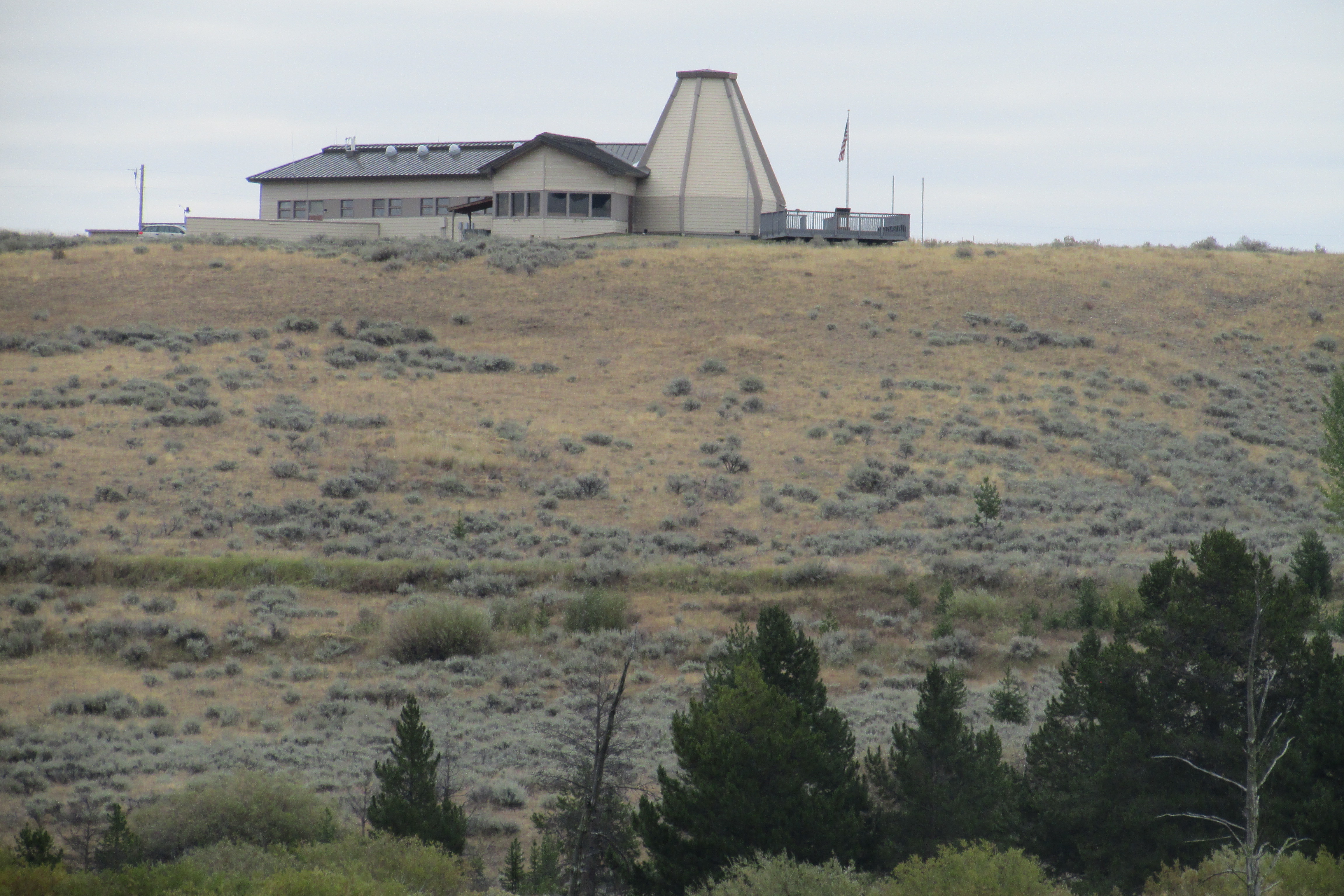A Journey Into the Sacred Past: Puʻuhonua o Hōnaunau National Historical Park
Planning a visit? Check out the Puʻuhonua o Hōnaunau National Historical Park page for visitor info, directions, and what to do when you get there.

Introduction
The Pacific Ocean glistens as sunlight spills over the black volcanic rock underfoot. Set against an azure blue backdrop, palm trees sway lazily in the gathering sea breeze while a nearby turtle basks on shore. This is Puʻuhonua o Hōnaunau National Historical Park in Kailua-Kona, Hawaii. More than just a picturesque scene, it’s an archaeological treasure trove that plunges us deep into Hawaiian history, with well-preserved remnants of ancient structures dotting its expanse.
Historical/Cultural/Geological Background
During periods when kapu (sacred laws) were broken intentionally or inadvertently, transgressors faced severe penalties including death. The only chance for forgiveness was reaching a sanctified puʻuhonua like Hōnaunau without being caught—which meant overcoming treacherous terrains and pursuing warriors. Once safe within its protective walls, rituals performed by priests purified them.
Today, visitors can explore this sacred site, walk among the reconstructed Hale o Keawe heiau (temple), view intricate ki’i (wooden statues) and imagine a time when life here revolved around gods, kings, and kapu.
Activities Guide
Beyond its historical intrigue, the Park offers an array of activities for outdoor enthusiasts. Hikers can embark on the 1871 Trail—a two-mile course that skirts the rugged coastline presenting panoramic views of volcanic landscapes juxtaposed against the ocean’s expanse. It is also a fantastic spot for bird watching; look out for the Hawaiian coot or ‘alae ke’oke’o.
Keep your camera ready during your visit as wildlife thrives in this sanctuary. A photogenic destination, it features pristine beaches where you might spot green sea turtles basking in the sun.
Educational programs run by Park Rangers offer entrancing details about Hawaiian culture. Attend one to learn about traditional games or food preparation techniques.
Visitor Information
The visitor center remains open from 8:30 am to 4:30 pm all week. Admission is $20 per vehicle and is valid for seven days allowing repeat visits within that timeframe. Every pass includes detailed information about points of interest within the park and safety guidelines.
Visitors should note that despite being a National Park, camping is not permitted within Puʻuhonua o Hōnaunau due to its historical significance.
Tips for Different Visitors
First-time visitors are recommended to start with a guided tour offered by knowledgeable rangers providing insight into Hawaii’s rich cultural history. Families with children may enjoy participating in Junior Ranger Programs—interactive sessions that amalgamate learning with fun.
For photography enthusiasts seeking to capture an iconic sunset shot, arrive late afternoon when light conditions are most dramatic.
Regional Context
The Park forms one part of Kailua-Kona’s facets waiting to be discovered. Located on the Big Island’s west coast, Kailua-Kona offers numerous ways to explore Hawaii’s rich culture and natural beauty—whether it involves sampling Kona coffee at a local plantation or snorkeling among vibrant coral reefs.
Conclusion
In conclusion, Puʻuhonua o Hōnaunau National Historical Park is more than just a testament to Hawaii’s past. It is a sacred space where spirituality weaves effortlessly through nature—a true epitome of the Hawaiian spirit.
Frequently Asked Questions
What are the operating hours and admission fees for Puʻuhonua o Hōnaunau National Historical Park?
Puʻuhonua o Hōnaunau National Historical Park is typically open year-round, though specific hours may vary by season. Most national parks charge an entrance fee, but some sites are free to visit. Check the official NPS website for current hours and fee information.
How long should I plan for a visit to Puʻuhonua o Hōnaunau National Historical Park?
A typical visit to Puʻuhonua o Hōnaunau National Historical Park can range from a few hours to a full day, depending on your interests and the activities you choose. Allow extra time for hiking, photography, and exploring visitor centers.
What should I bring when visiting Puʻuhonua o Hōnaunau National Historical Park?
Essential items include comfortable walking shoes, water, snacks, sunscreen, and weather-appropriate clothing. Bring a camera to capture the scenic views and consider binoculars for wildlife viewing.
What is the best time to visit Puʻuhonua o Hōnaunau National Historical Park?
The best time to visit depends on your preferences and the activities you plan to enjoy. Spring and fall often offer pleasant weather and fewer crowds, while summer provides the longest daylight hours.
Is Puʻuhonua o Hōnaunau National Historical Park accessible for visitors with mobility needs?
Many areas of Puʻuhonua o Hōnaunau National Historical Park are accessible to visitors with mobility needs, including paved trails and accessible facilities. Contact the park directly for specific accessibility information and current conditions.


